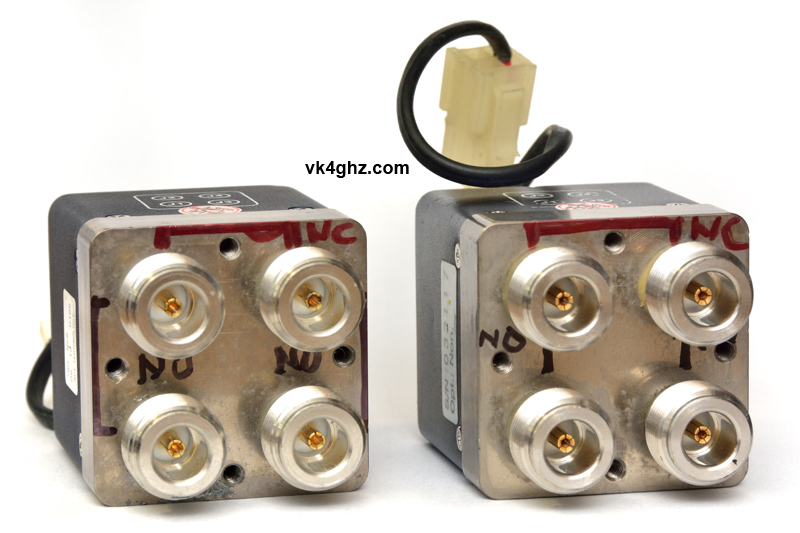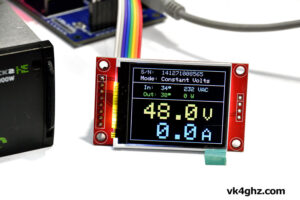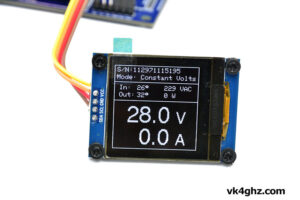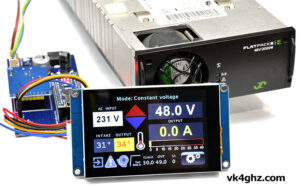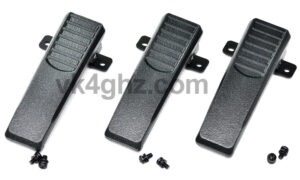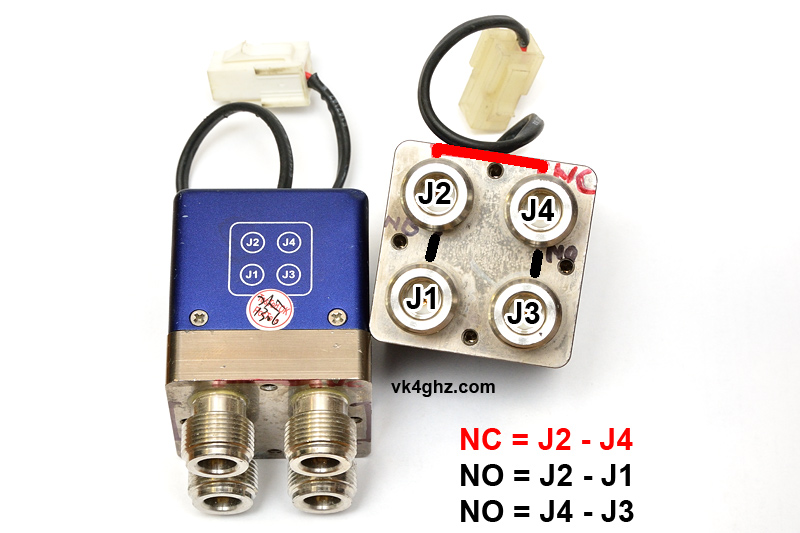
When is a transfer relay not a transfer relay?
Normally, a transfer relay can be considered as a “double change over” device, but not all transfer relays may be manufactured to behave like this… and this can be used to our advantage!
Purchased off eBay http://www.ebay.com.au/itm/300618827064 from “2010bluebook” in China (who has a 100% rating BTW), for USD$80 each including postage.

A basic continuity check revealed that J3 did not connect to J1 in the normally closed (NC) (ie; unpowered) state, as might be expected in a classic transfer relay.
Normally, you might have a transceiver connected to J2, with antenna connected to J4, and a Power Amplifier or pre-amplifier connected between J1 – J3.
A normal transfer relay would then connect the input and output of the amplifier in one state or the other, and this might be a concern.
Not so, with this particular relay from this eBay vendor!
Note these relays have 6 gold-plated fingers as contacts on the centre pin.
Coloured texta was used to mark the findings for easy later reference.
In VK Logger Forum topic http://www.vklogger.com/forum/viewtopic.php?f=40&t=11101, Wayne, ZL2BKC kindly provided the following plots of his ARS-BPR-01N relays.
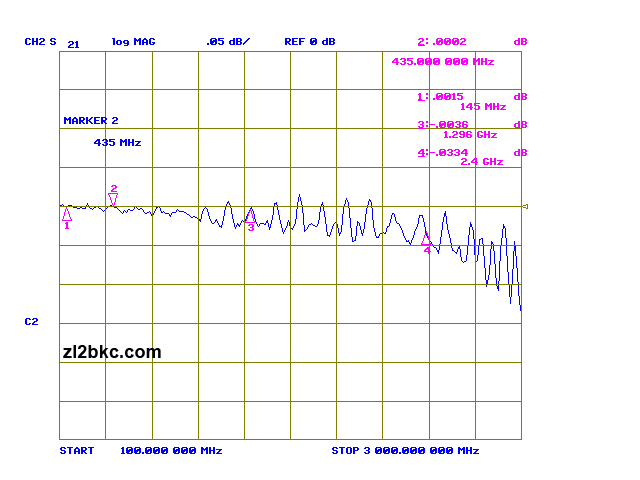 Above: Insertion Loss
Above: Insertion Loss
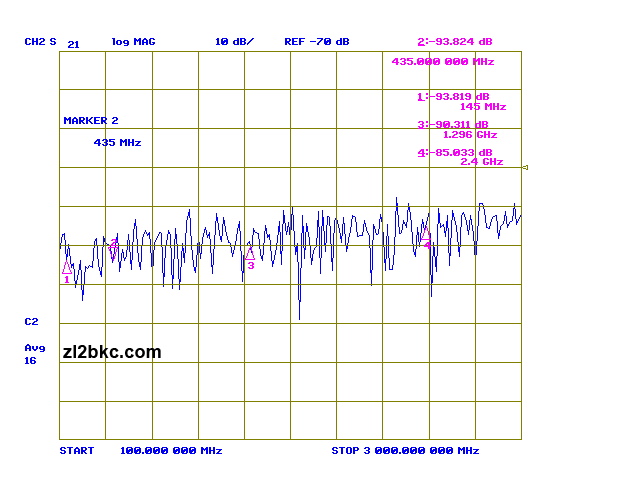 Above: Isolation
Above: Isolation
By all accounts, these relays offer great isolation and low insertion loss, and as SPDT change-over relays (ie; ignore J3 completely), are ideal for high powered applications up to 23 cm.
One of these is going into a 150W 23cm power amplifier project! 🙂
